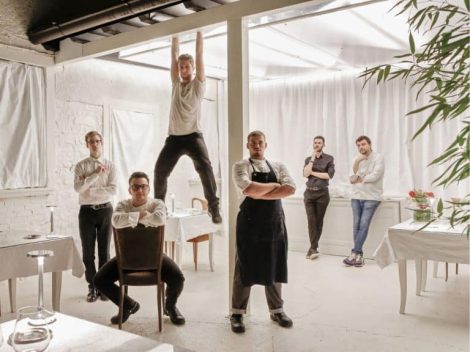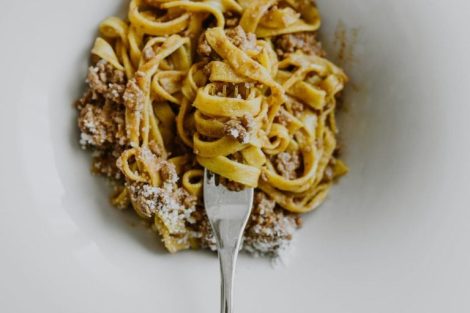Street food in Belgium
Chips, shellfish and beer: it's the magic trio of Belgian cuisine, simple and without frills, delicious and perfectly "instagrammable", including waffles topped with soft whipped cream, waterfalls of chocolate and large steaming mugs. A country that has struggled to build its own culinary identity, not being able to count on a solid school like the French one or a thriving soil like that of the Mediterranean basin, but which has nonetheless put a few but excellent products on the table, mostly perfect as street food. Here are three unmissable tastings during a trip to Belgium.

Gaufres, Belgian waffles
Soft, comforting, to be enriched with the most delicious ingredients or to be enjoyed in the most modern savoury versions, as an accompaniment to mixed vegetables and salads: nothing better than waffles for a taste of authentic Belgian tradition, a very popular street food that can be found in kiosks, coffee shops and itinerant carts scattered everywhere. A symbolic recipe of local cuisine which is actually shared with other countries as well: the American version is waffles, while the local Italian one is the Piemonte specialty called gôfre, not to mention the cousin - not too distant - from Abruzzo, ferratelle (aka pizzelles) in the soft variant. They are also prepared in France, Germany and Scandinavian countries, but it is in Belgium that these soft waffles cooked on a double hot plate and characterised by the typical grate shape, become an indispensable snack at any time. There are two main types present in the country: from Brussels, with a rectangular shape and a dough made with milk, water, butter, eggs, flour, sugar, brewer's yeast and vanilla; and from Liège, with rounded edges, a smaller amount of eggs and the addition of granulated sugar (sucre perlé) which does not dissolve in the dough.
Origin and meaning of gaufre
A specialty that has centuries of history: the first ancestor dates back to the Neolithic era, when a mixture of different grains cooked on hot stones was prepared, but it is only in Ancient Greece that the obelías began to circulate, later known as gaufre in the Middle Ages. A word that in old French means "honeycomb", to remember the shape of the specialty in the beginning consumed with cheese and honey. Such products are also found in Malta and Gozo in the 12th century: however, they were more similar to soft biscuits, and were sold outside churches during holiday periods, prepared with the usual cooking method, two red-hot irons reminiscent of what's used today. Gaufre is the official Belgian name, true, but throughout the world they are mostly known as waffles: the origin of the term is provided by the Brothers Grimm, who in their 19th century German dictionary explain that the Dutch word "wafel" had begun to circulate already four centuries earlier, and then transformed into the German "waffel" around the seventeenth century. Regardless of the name, the meaning of the waffles has always been the same: a symbol of good luck, fortune and health, traditionally given on Shrove Tuesday, before the Lenten fast.
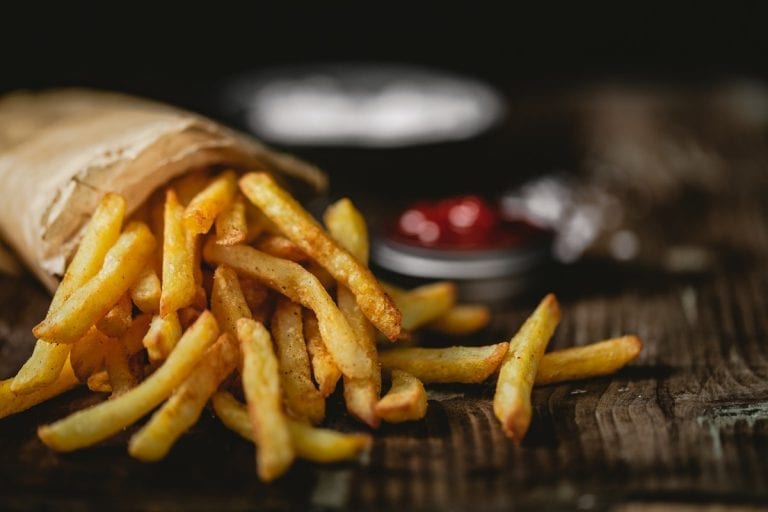
The history of chips
The authorship of this simple and infallible recipe has always been disputed between France and Belgium, but it is much more likely that the Belgians are right. Regardless of the theories, however, it is here that fries have become massively popular, giving life to a true gastronomic phenomenon that has led to the birth of chains dedicated only to the preparation of "frites," brands that have also landed in other countries over time. It is said that the wives of Belgian fishermen in the seventeenth century were the first to fry strips of potatoes, to make up for the lack of fish during the frosts of the river Meuse. For their part, the French have another theory and link the invention of the street food to the pharmacist Antoine-Augustine Parmentier: it is thanks to him that tubers began to be consumed, initially intended for pigs because initially considered carriers of various diseases, including leprosy. Imprisoned in Prussia during the Seven Years' War, Parmentier was forced to cultivate and eat potatoes, thus discovering their benefits and delicious flavour, which he tried to introduce into France upon his return. Following an intense promotion campaign, in 1789 the first kiosk of "French fries" was finally born, created to entice people to consume them. However, the Belgian theory remains more accredited. In those years, in fact, the War of the Austrian Succession was taking place around present-day Belgium, and there is a good chance that the French borrowed the idea from their neighbours, later developing it.
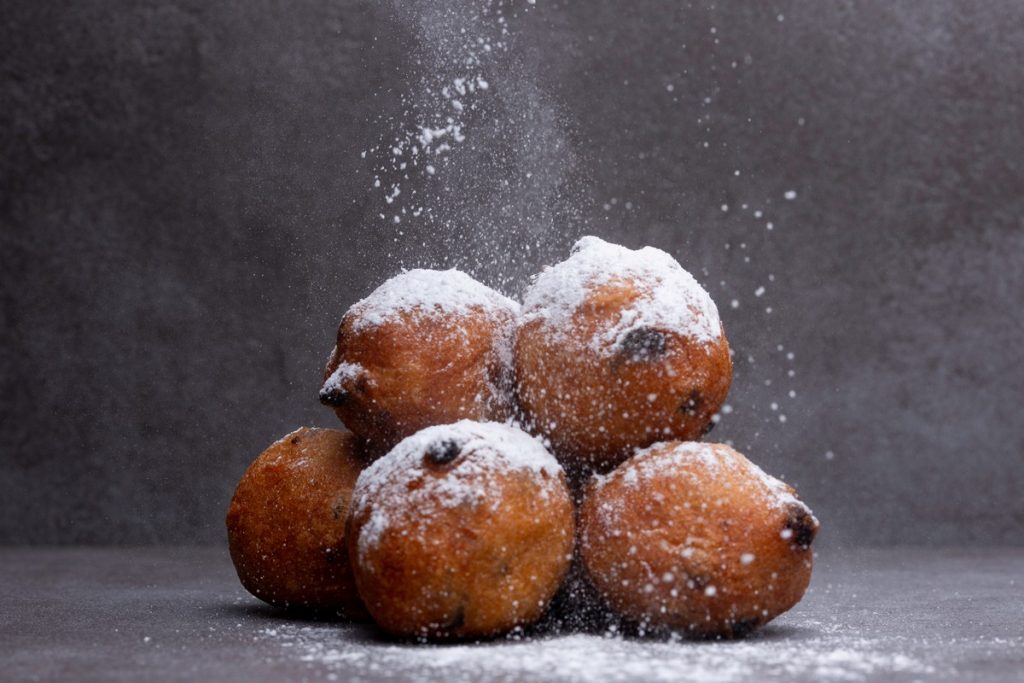
Smoutebollen, fried treats of pagan origin
Known as oliebollen in The Netherlands, where they originated and are equally consumed, smoutebollen are delicious fried sweet balls, inevitable at Christmas and on New Year's Eve, but for some time now available all year round, especially during town fairs. A leavened dough fried in boiling oil and sprinkled with sugar, often filled with raisins or flavoured with cinnamon, which has been around for a very long time. Many believe that the origin of the recipe is linked to the pagan Germanic tribes who prepared the dough to celebrate Yule, the winter solstice festival. One of the most famous legends has it that the pagan deity Perchta used to fly over cities to open the stomachs of people in search of food: only the smoutebollen could stop her, which thanks to the greasy component would allow the sword to slide in without piercing the stomach. The first written testimony of the recipe dates back to the seventeenth century and is found in a Dutch cookbook called "The sensitive cook or attentive hostess", which mentions a fried sweet, the oliekoecken, literally "oil cakes."
by Michela Becchi

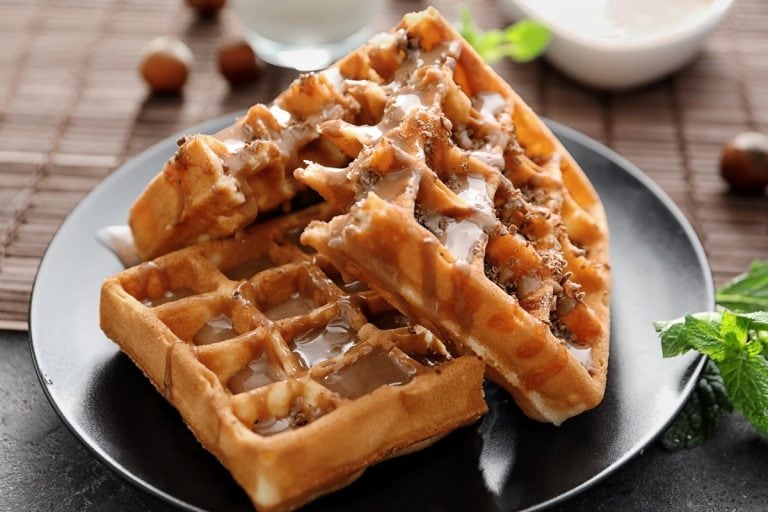
 Dom Perignon for dogs and sleepless rock stars: the bizarre requests to the world’s best hotel manager
Dom Perignon for dogs and sleepless rock stars: the bizarre requests to the world’s best hotel manager The oil always moves north, reaching England. How the map of olive trees is changing due to climate change
The oil always moves north, reaching England. How the map of olive trees is changing due to climate change The Nobel Sandwich we tried at CERN, just steps from antimatter
The Nobel Sandwich we tried at CERN, just steps from antimatter The two young talents from Gattinara revolutionising Italian cuisine
The two young talents from Gattinara revolutionising Italian cuisine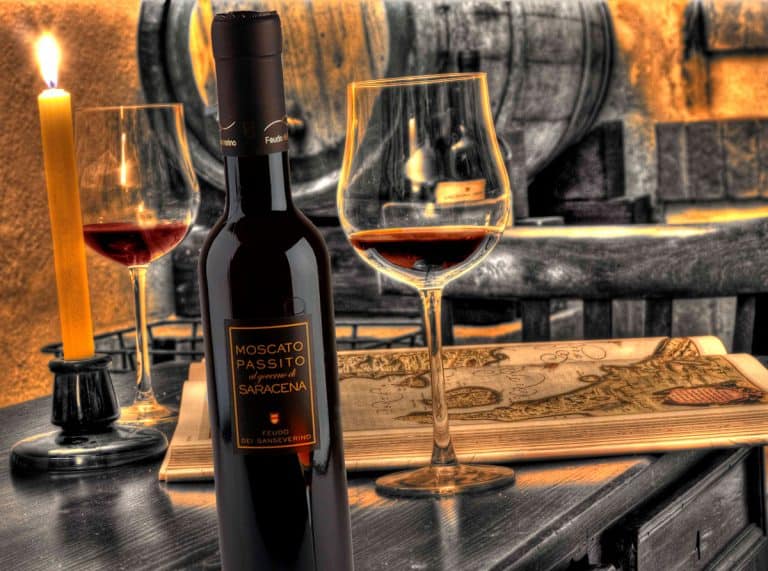 Here is the Meditation Wine of the Year according to Gambero Rosso
Here is the Meditation Wine of the Year according to Gambero Rosso